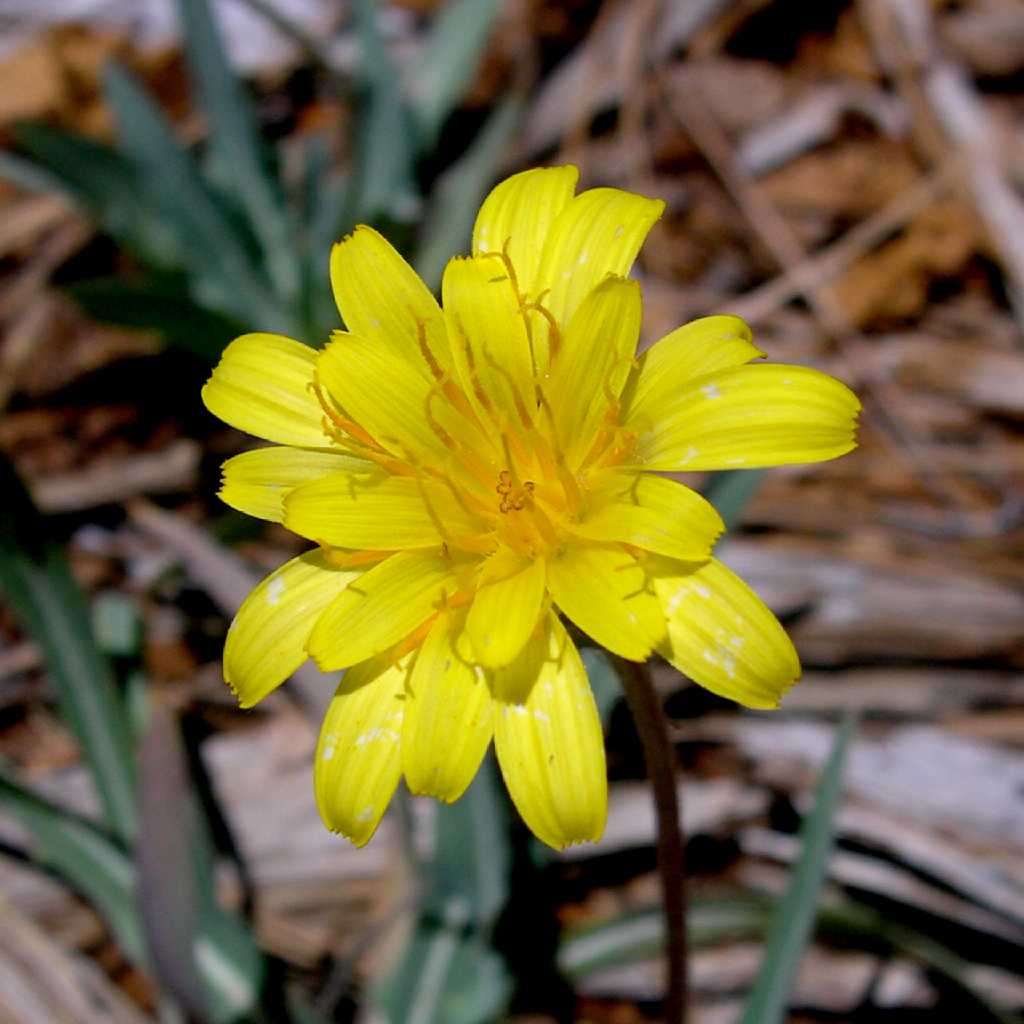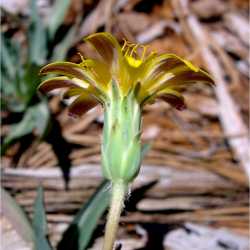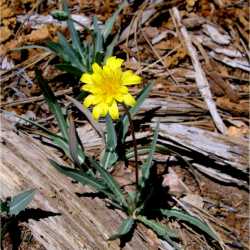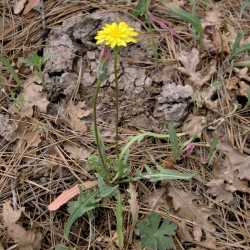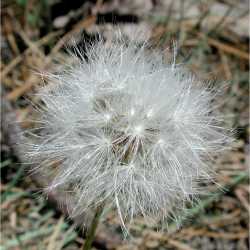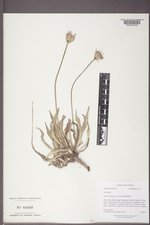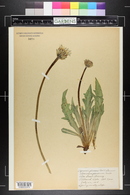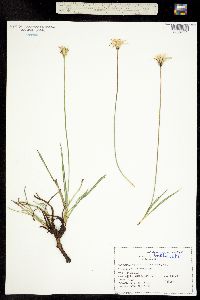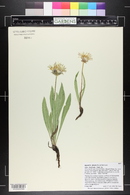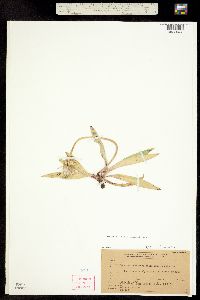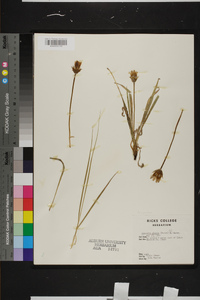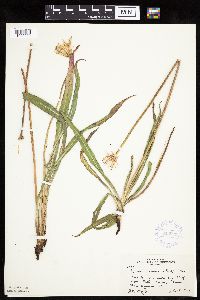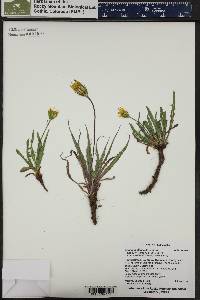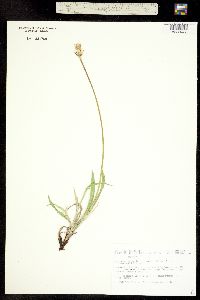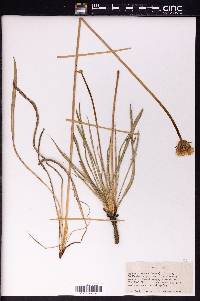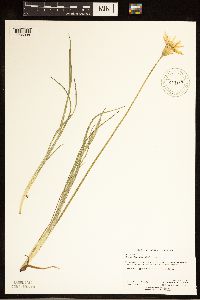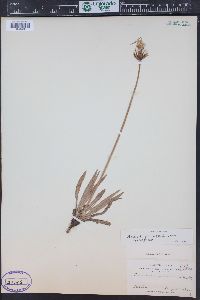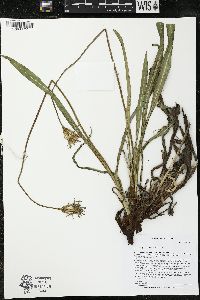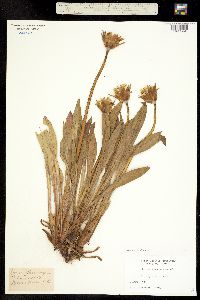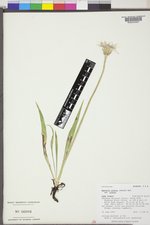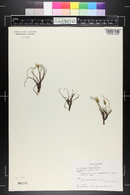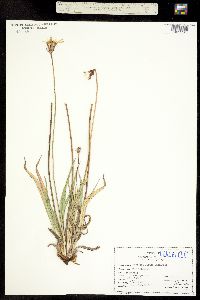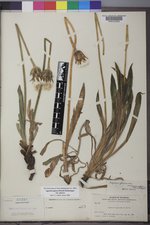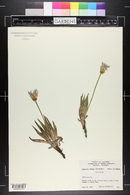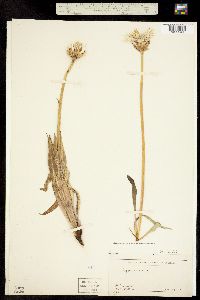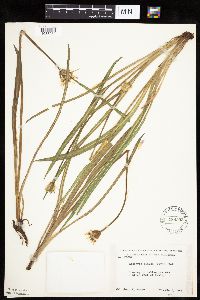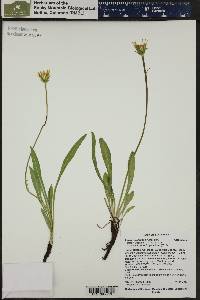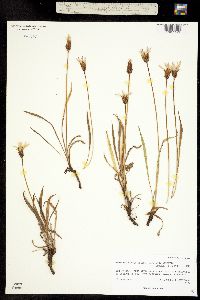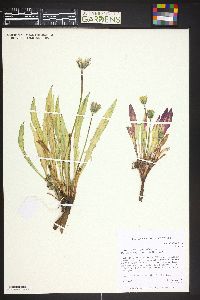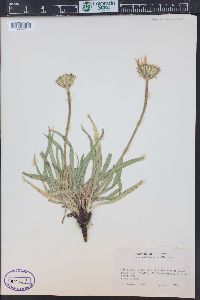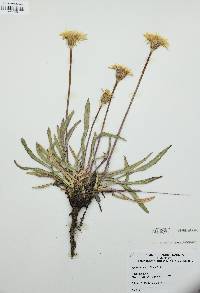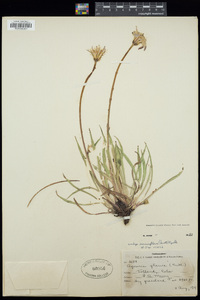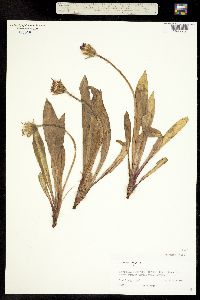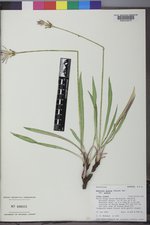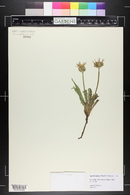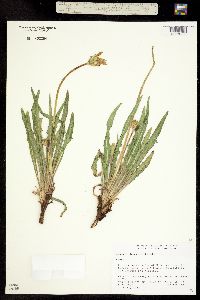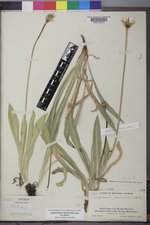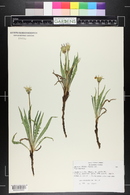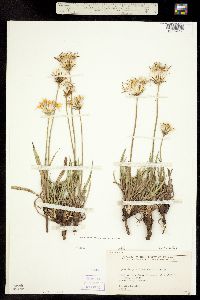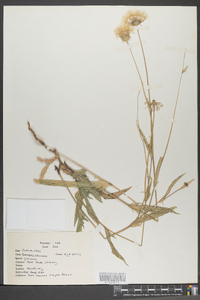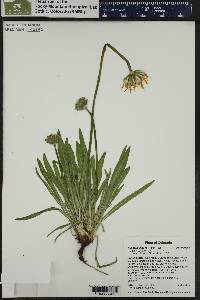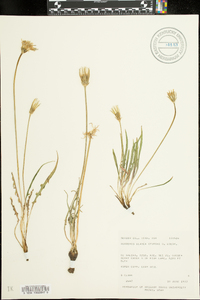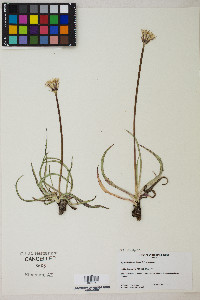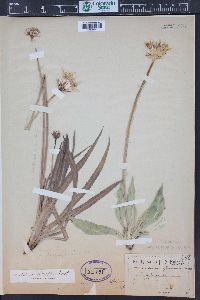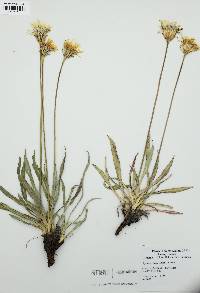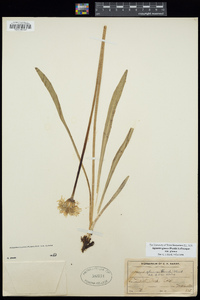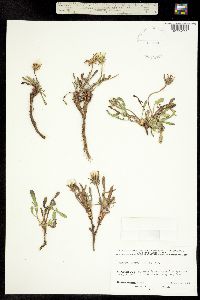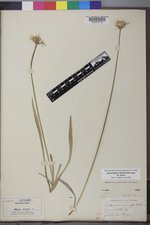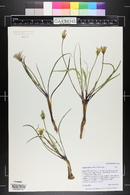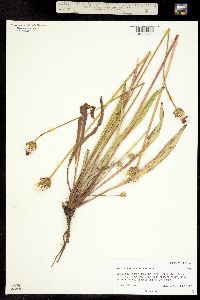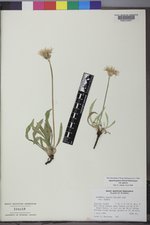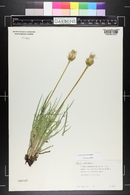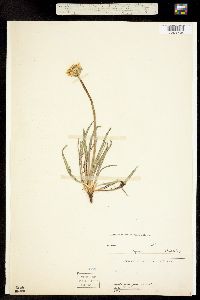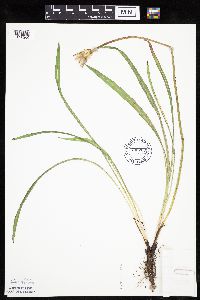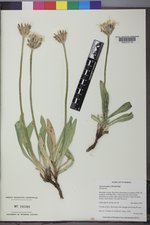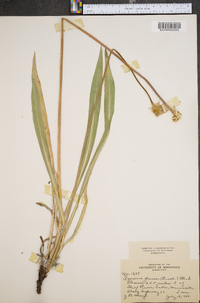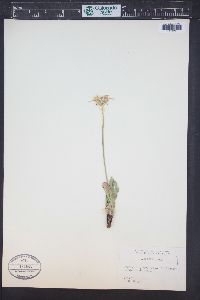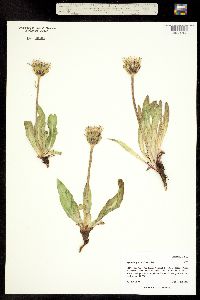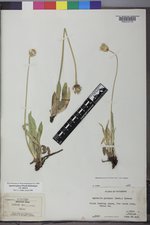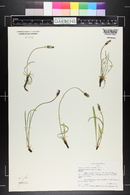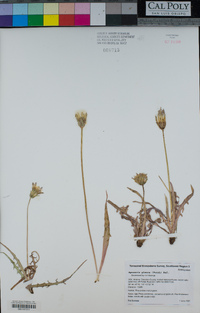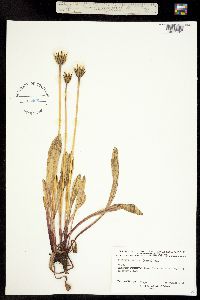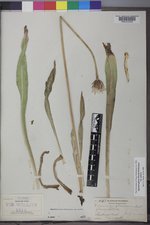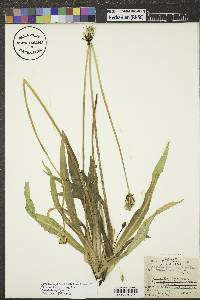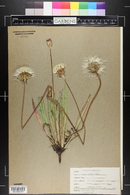Agoseris glauca
|
|
|
|
Family: Asteraceae
pale agoseris, more...Pale Goat-Chicory, pale dandelion, pale dandylion, prairie dandelion
[Agoseris altissima, moreAgoseris apiculata , Agoseris lacera , Agoseris leontodon var. aspera , Agoseris leontodon var. pygmaea , Agoseris pubescens , Agoseris vicinalis Greene] |
Stems 0. Leaves erect to decumbent; petioles rarely purplish, petiole margins glabrous or pubescent, not usually ciliate; blades lanceolate to oblanceolate, 2-46 cm, margins usually entire, sometimes dentate, rarely lobed or lacerate, lobes 2-3 pairs or irregularly arranged, lanceolate, spreading, lobules 0, faces glabrous and glaucous or sparsely villous to tomentose. Peduncles not notably elongating after flowering, 5-60(-90) cm in fruit, glabrous or glabrate, or apically puberulent to lanate, sometimes stipitate-glandular. Involucres obconic to hemispheric, 1-3 cm in fruit. Phyllaries in 2-3 series, green or medially rosy purple, often with purple-black spots, midstripe, and/or tips, subequal to unequal, margins glabrous or ± hairy, not usually ciliate, faces glabrous or tomentose, sometimes stipitate-glandular or eglandular; outer erect or spreading, apices adaxially glabrous or hirsuto-villous; inner erect, not notably elongating in fruit. Receptacles epaleate or paleate. Florets 15-150; corollas yellow, tubes 4-18 mm, ligules 6-24 × 2-5 mm; anthers 3-7 mm. Cypselae 7-15 mm, bodies fusiform to narrowly conic, 5-9 mm, tapered to stout beaks 1-4 mm, lengths mostly less than 1/2 times bodies; ribs flattened to ridged, glabrous, or distally scabrous; pappi in 2-3 series, 8-18 mm. 2n = 18, 36 FNA 2006, Kearney and Peebles 1969, McDougall 1973 Duration: Perennial Nativity: Native Lifeform: Forb/Herb General: Herbaceous perennial, herbage glabrous to wooly, stems absent, peduncles leafless, with milky sap. Leaves: All basal, erect to decumbent, lanceolate, linear, oblong, or oblanceolate, margins entire, dentate or lobed, glabrous to sparsely villous or tomentose. Flowers: Heads ligulate, ligules yellow, with small, teeth at the tips and protruding yellow stamens, involucres glabrous to glabrate, 10-25 mm high, phyllaries green or purple with purple-black spots, midstripe, or tips, lanceolate or linear with acute to acuminate tips, graduated in 2-3 series, the outer ovate, the inner elliptic to oblong, heads borne solitary on peduncles 10-60 cm tall. Fruits: Achenes conic, 7-15 mm long, nerved throughout, narrowing into a stout beak above. Pappus of white, soft, capillary bristles. Ecology: Found in meadows and open coniferous forests, from 6,500-10,000 ft (1981-3048 m); flowering May-October. Distribution: British Columbia, south to Arizona, New Mexico, and Nevada. Notes: This species is noted as being highly variable. The keys to this species are that its perennial, with stout beaked achenes, and glabrous to glabrate involucres. The ligules are shiny and densely packed. Ethnobotany: An infusion of the entire plant was used to wash sores, an infusion of the roots were used as a laxitive, the stems were chewed and the resulting milky sap was applied to sores, used to remove warts, and used as a gum. Etymology: Agoseris is from Greek name for goat chicory, while glauca means glaucous. Synonyms: Troximon glaucum Editor: LCrumbacher 2011 Perennial 1-7 dm, glabrous or nearly so and somewhat glaucous; lvs linear or oblanceolate, 5-35 cm נ1-30 mm, entire or occasionally with a few scattered teeth or shallow lobes; invol bracts imbricate or subequal, mostly sharply pointed, sometimes purple-spotted; fls yellow, often drying pinkish; achenes 5-12 mm, often hirtellous-puberulent, the body tapering gradually to a stout, evidently striate beak up to half as long; 2n=18, 36. Prairies and meadows; w. Minn. and Man. to B.C. and Calif. June, July. We have only the var. glauca, as described above. Gleason, Henry A. & Cronquist, Arthur J. 1991. Manual of vascular plants of northeastern United States and adjacent Canada. lxxv + 910 pp. ©The New York Botanical Garden. All rights reserved. Used by permission. |

